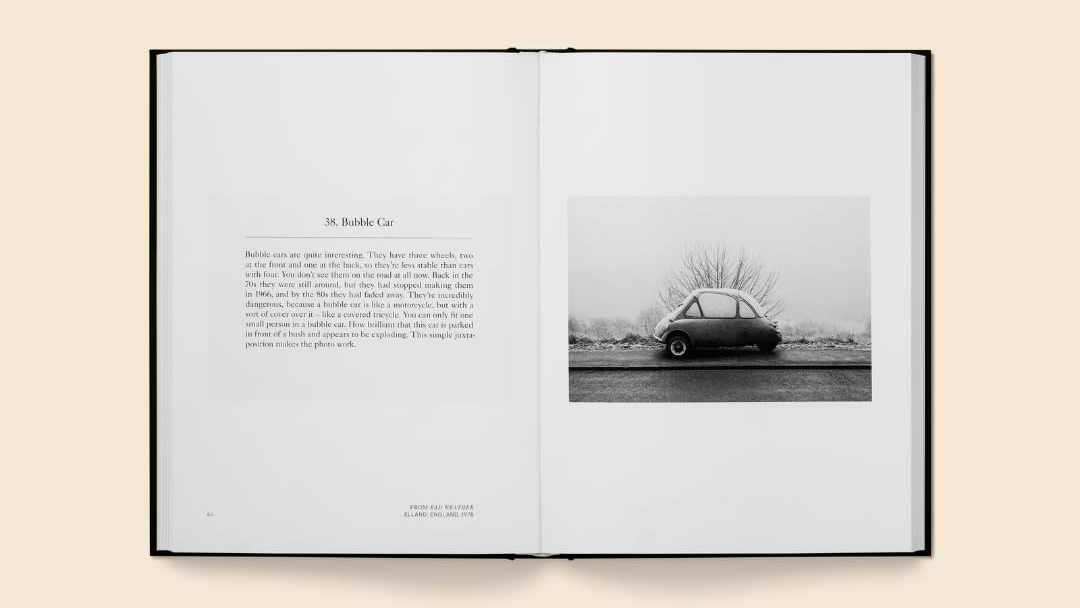Phase One previews 'unparalleled' dynamic range and shadow detail rendition
The Dual Exposure+ feature comes from the new Phase One Lab. It's so clever, why has no-one else thought of this yet?

Dynamic range is a key selling point for cameras and sensors. It's the ability to capture detail in the brightest and darkest parts of a scene without them turning to a blank white or a solid black. It's a key part of the Digital Camera World testing process and it's as important to professional photographers as megapixels and sensor sizes.
The dynamic range of sensors is finite. Dynamic range is measured in EV (f-stops); 12 stops of dynamic range is good for a mirrorless camera or DSLR, though some stretch to 13 stops and medium format cameras sometimes boast 14 or 15 EV dynamic range. But Phase One's new capture technology takes this a step further by combining two exposures in-camera to create a composite raw file which can be processed in the latest Capture One software to offer more dynamic range than ever before.
The sample image at the top of this article shows a bicycle park in near blackness under a circular opening to the outside world, and Capture One has been used to bring up the dark shadows by an amazing 8 stops with excellent looking image quality.
We're even more impressed by this outdoor Dual Exposure+ example, where the details in the shadowed side of the building have been brightened by a massive 10EV.
What makes Phase One's Dual Exposure+ system different
Many regular cameras have 'HDR' modes, but these capture three (or more) separate exposures and process them in-camera to produce an HDR JPEG image. These can be all right, but they use HDR merging processes which can produce image artefacts and unrealistic or flat-looking images, can bring 'ghosting' issues (subject or camera movement between frames) and generally it's still best to use dedicated HDR merging software.
The new Phase One system is different. It doesn't use bracketing as such, but captures two images simultaneously with its electronic shutter (though the 'scan' time is still a second or so) and saves them in a new dual-exposure raw file format ready for processing using Capture One's shadow and highlight recovery tools.
Phase One says the camera exposure should be set to capture the highlights in the image, and the secondary +3EV 'shadow' exposure will take care of the darker parts of the image and yield better quality than trying to recover very dark areas from a single exposure.
The best camera deals, reviews, product advice, and unmissable photography news, direct to your inbox!
The only comparable system we can think of right now is Adobe Lightroom's HDR Merge feature. This relies on bracketed exposures captured by the camera but merges them into a single 32-bit HDR DNG file for further editing.
The Phase One Dual Exposure+ system is still in development but available for users to try 'at their own risk'. It can be used with Phase One's IQ4 150MP and IQ4 150MP Achromatic back, but not on the IQ4 100MP Trichromatic.
Phase One cameras are expensive professional medium format cameras outside the scope of most enthusiasts and amateurs, but this new Dual Exposure+ system is a clever bit of thinking and we would LOVE to see this filter down to more affordable cameras.
Read more:
• These are the best medium format cameras right now
• We pick the best cameras for professionals
• Phase One XT Camera System hands on review

Rod is an independent photography journalist and editor, and a long-standing Digital Camera World contributor, having previously worked as DCW's Group Reviews editor. Before that he has been technique editor on N-Photo, Head of Testing for the photography division and Camera Channel editor on TechRadar, as well as contributing to many other publications. He has been writing about photography technique, photo editing and digital cameras since they first appeared, and before that began his career writing about film photography. He has used and reviewed practically every interchangeable lens camera launched in the past 20 years, from entry-level DSLRs to medium format cameras, together with lenses, tripods, gimbals, light meters, camera bags and more. Rod has his own camera gear blog at fotovolo.com but also writes about photo-editing applications and techniques at lifeafterphotoshop.com

